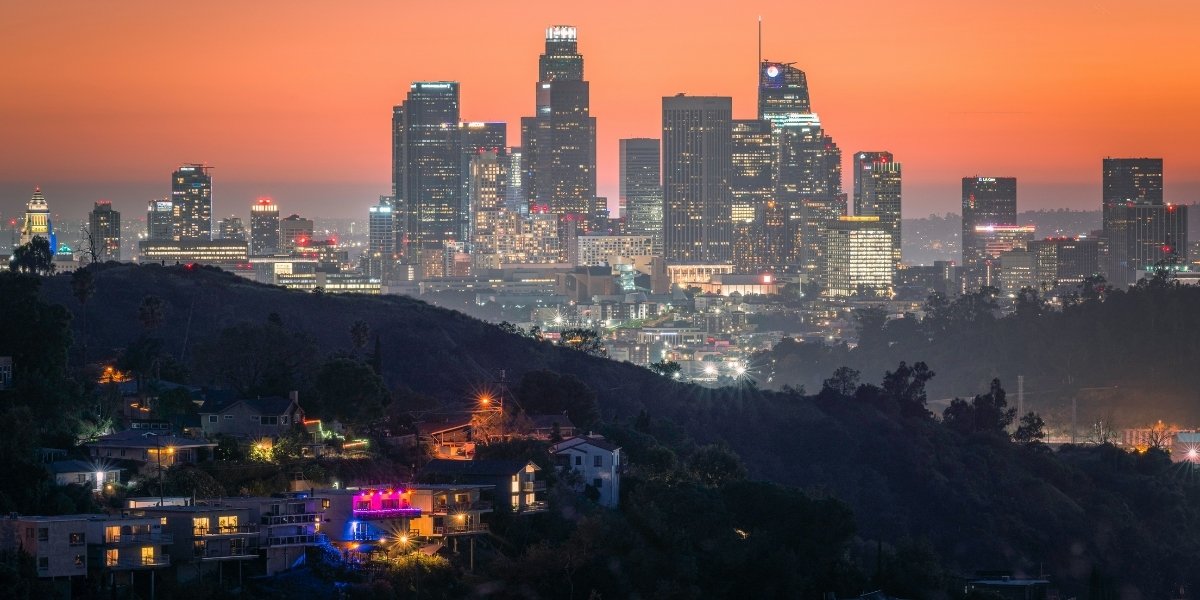Los Angeles is widely recognized as one of the culturally diverse cities in the United States. With a population exceeding four million, it reflects a broad spectrum of ethnicities, languages, and traditions. This diversity is not incidental—it is the result of centuries of migration, geopolitical shifts, and economic opportunities that have drawn people from across the globe. The city’s multicultural identity is visible in its neighborhoods, cuisine, festivals, and public life, shaped by both historical forces and contemporary movements.
Historical Events That Shaped Cultural Diversity
The cultural composition of Los Angeles began long before it became part of the United States. Indigenous peoples such as the Tongva and Chumash were the original inhabitants of the region, with complex societies and rich traditions that laid the foundation for cultural life in Southern California.
Spanish colonization in the late 18th century introduced European customs, religion, and architecture. The establishment of missions and settlements brought new cultural influences that blended with indigenous practices. Following Mexico’s independence from Spain in 1821, Los Angeles became part of Mexican territory, further embedding Latin American traditions into the region’s identity.
In 1848, the Treaty of Guadalupe Hidalgo transferred California to the United States, initiating a new phase of demographic change. The Gold Rush and the expansion of the railroad attracted settlers from the eastern U.S. and immigrants from China, Japan, and Europe. By the early 20th century, Los Angeles had become a magnet for those seeking economic opportunity, contributing to its growing diversity.
Immigrant Communities That Shaped the City
Los Angeles has experienced multiple waves of immigration, each contributing distinct cultural elements. Latin American migration, particularly from Mexico, El Salvador, and Guatemala, has had a profound impact on the city’s language, cuisine, and social fabric. Spanish is widely spoken, and Mexican-American culture is deeply embedded in civic life.
Asian communities have also played a central role. Chinese immigrants arrived in the 19th century, followed by Japanese, Korean, Filipino, and Vietnamese populations throughout the 20th century. These groups established vibrant enclaves, businesses, and cultural institutions that continue to thrive.
African American migration during the Great Migration brought new cultural and political energy to Los Angeles, particularly in neighborhoods like Leimert Park and Watts. Middle Eastern and Armenian communities have also contributed to the city’s diversity, with Glendale now home to one of the largest Armenian populations outside of Armenia.
Neighborhoods That Reflect Global Cultures
Los Angeles is often described as a mosaic of neighborhoods, each representing different cultural identities. Koreatown is known for its authentic cuisine, karaoke bars, and community events. Little Tokyo preserves Japanese American history through museums, gardens, and festivals. Chinatown offers traditional architecture and hosts vibrant Lunar New Year celebrations.
Boyle Heights has long been a hub for Mexican-American culture, with murals, mariachi music, and community activism. Leimert Park is a center for African American arts and culture, featuring jazz clubs, bookstores, and cultural festivals. The Fairfax District includes a historic Jewish community, while neighborhoods like Thai Town and Little Armenia add further depth to the city’s multicultural character.
These districts are not merely residential zones—they are cultural ecosystems where traditions are practiced, preserved, and shared. They offer residents and visitors alike the opportunity to engage with diverse customs and histories in everyday life.
The Role of the Entertainment Industry
The entertainment industry has played a significant role in shaping Los Angeles’s cultural identity. Hollywood has long attracted talent from around the world, creating a global hub for film, television, and music. This influx of artists, producers, and technicians has contributed to the city’s international character.
Beyond economic impact, the entertainment sector has influenced cultural exchange. Films produced in Los Angeles often reflect multicultural narratives, and the industry has provided platforms for underrepresented voices. The success of Latino, Asian, and African American actors and filmmakers has helped broaden public understanding of diverse experiences.
Music scenes in Los Angeles—from hip hop and jazz to K-pop and mariachi—also reflect the city’s cultural blend. Venues across the city host performances that draw on global traditions, reinforcing LA’s reputation as a center for artistic diversity.
Festivals, Food, and Public Art as Cultural Expressions
Cultural diversity in Los Angeles is perhaps most visible in its festivals and culinary offerings. Events such as the Nisei Week Japanese Festival, Fiesta Broadway, and the Pan African Film Festival celebrate heritage and community. These gatherings attract thousands of participants and showcase traditional music, dance, and cuisine.
Food is another powerful expression of LA’s multiculturalism. From Salvadoran pupusas and Korean BBQ to Persian kebabs and Ethiopian injera, the city’s culinary scene reflects its immigrant roots. Food trucks, farmers markets, and family-run restaurants offer authentic dishes from around the world.
Public art also plays a role in expressing cultural identity. Murals in neighborhoods like Boyle Heights and Highland Park depict historical figures, social movements, and cultural symbols. These artworks serve as visual narratives that honor community histories and promote cultural pride.
Challenges in Balancing Diversity with Equity

While Los Angeles celebrates its diversity, it also faces challenges in ensuring equity and inclusion. Housing affordability remains a pressing issue, disproportionately affecting immigrant and minority communities. Gentrification has altered the character of historic neighborhoods, raising concerns about displacement and cultural erasure.
Education and representation are also areas of concern. Public schools serving diverse populations often struggle with funding and resources. Political representation has improved, but disparities persist in access to civic power and economic opportunity.
Efforts to address these challenges include community organizing, policy advocacy, and cultural preservation initiatives. Organizations across the city work to protect cultural heritage while promoting social justice and inclusion.
Immigration Policy and Demographic Shifts
Federal and state immigration policies have significantly influenced Los Angeles’s demographic makeup. The Immigration and Nationality Act of 1965 removed quotas based on national origin, leading to increased migration from Asia and Latin America. Refugee resettlement programs brought individuals from Southeast Asia, Central America, and the Middle East.
Undocumented immigrants also form a substantial part of the city’s population. Los Angeles has adopted sanctuary policies to protect immigrant rights and provide access to services. These policies reflect the city’s commitment to inclusion, despite ongoing national debates over immigration enforcement.
Demographic data confirms LA’s diversity. According to the U.S. Census Bureau, no single ethnic group constitutes a majority. The city’s population includes large percentages of Latino, Asian, African American, and white residents, along with smaller but significant groups from the Middle East, Pacific Islands, and Indigenous communities.
Why Los Angeles Is Considered One of the Ethnically Diverse Cities
Los Angeles’s diversity is not only anecdotal—it is supported by statistical and cultural evidence. The city ranks among the top in the United States for ethnic and linguistic diversity. More than 185 languages are spoken, and cultural institutions represent dozens of national traditions.
This diversity is reflected in civic life, from multilingual signage and media outlets to inclusive public services. Cultural representation in government, education, and business continues to grow, reinforcing LA’s identity as a multicultural metropolis.
The city’s openness to migration, combined with its economic opportunities and cultural infrastructure, has made it a destination for people from around the world. Its neighborhoods, institutions, and public spaces reflect a complex history of movement, settlement, and cultural exchange.
Los Angeles did not become a melting pot by accident. Its diversity is the result of centuries of migration, policy decisions, and community resilience. From indigenous foundations to global neighborhoods, the city continues to reflect the dynamic interplay of cultures that define its character.





